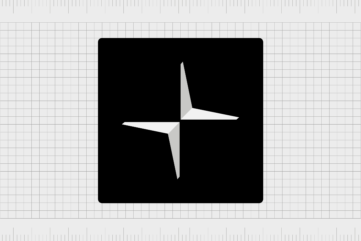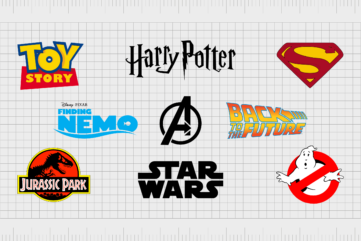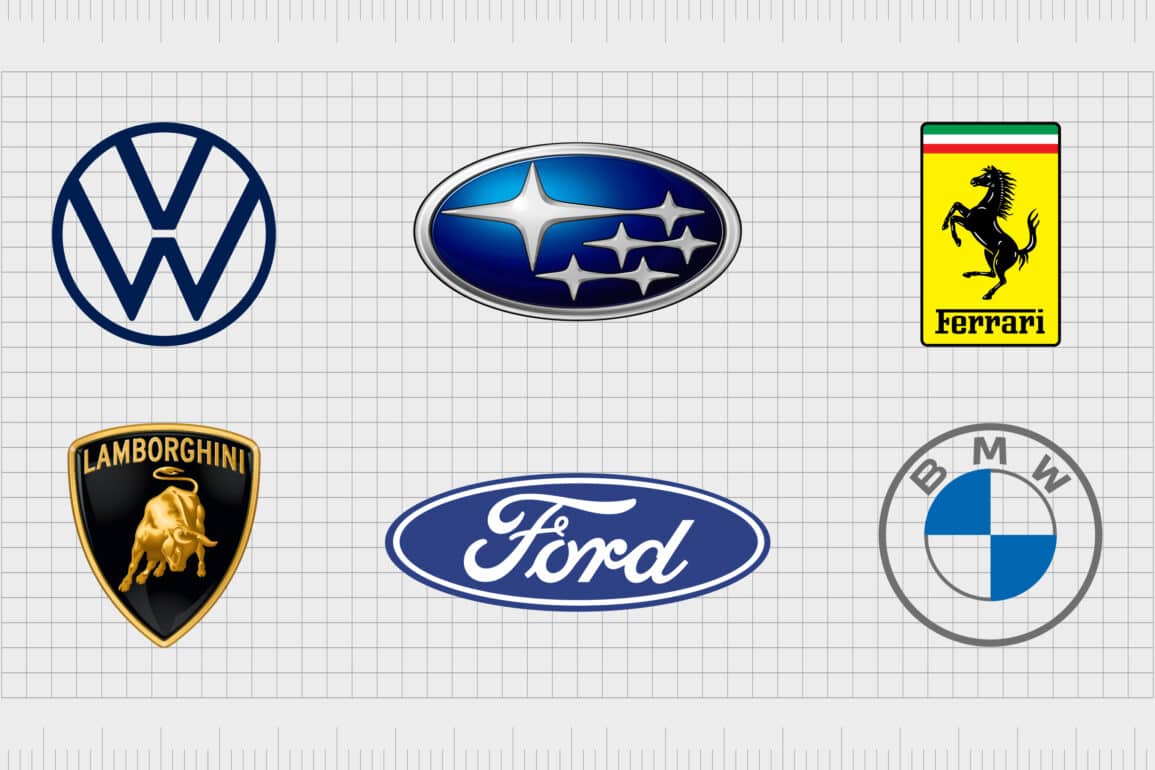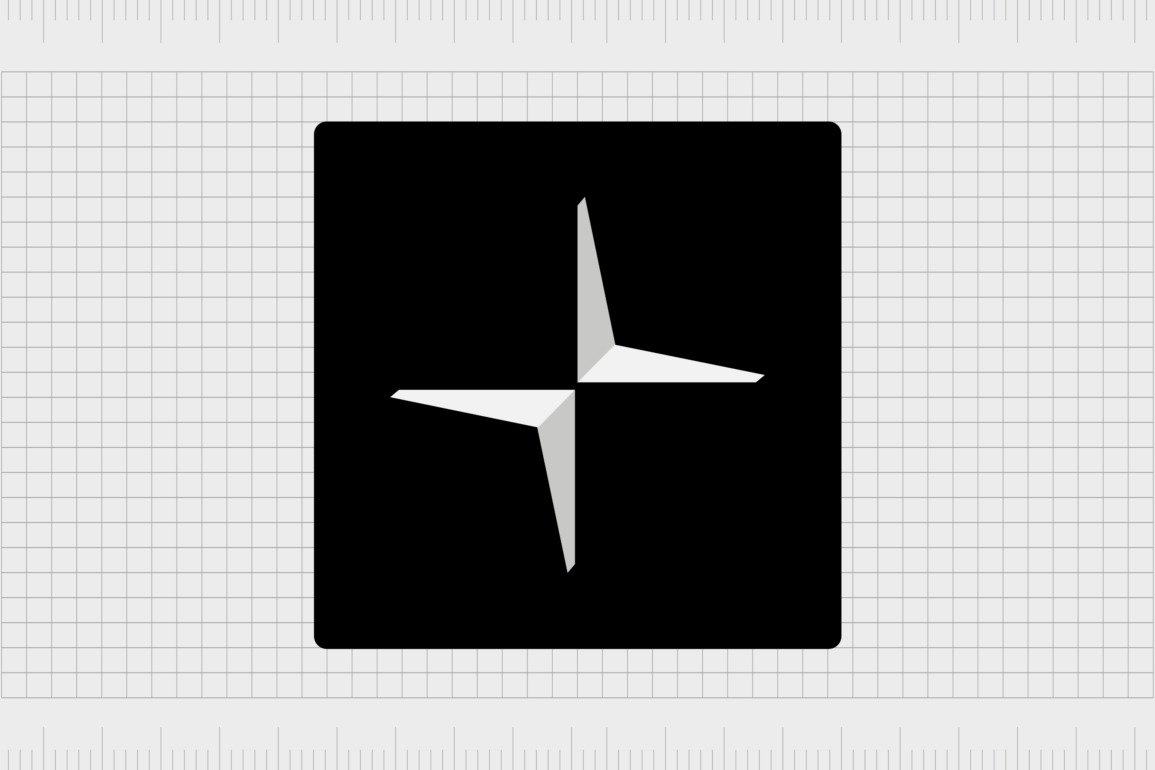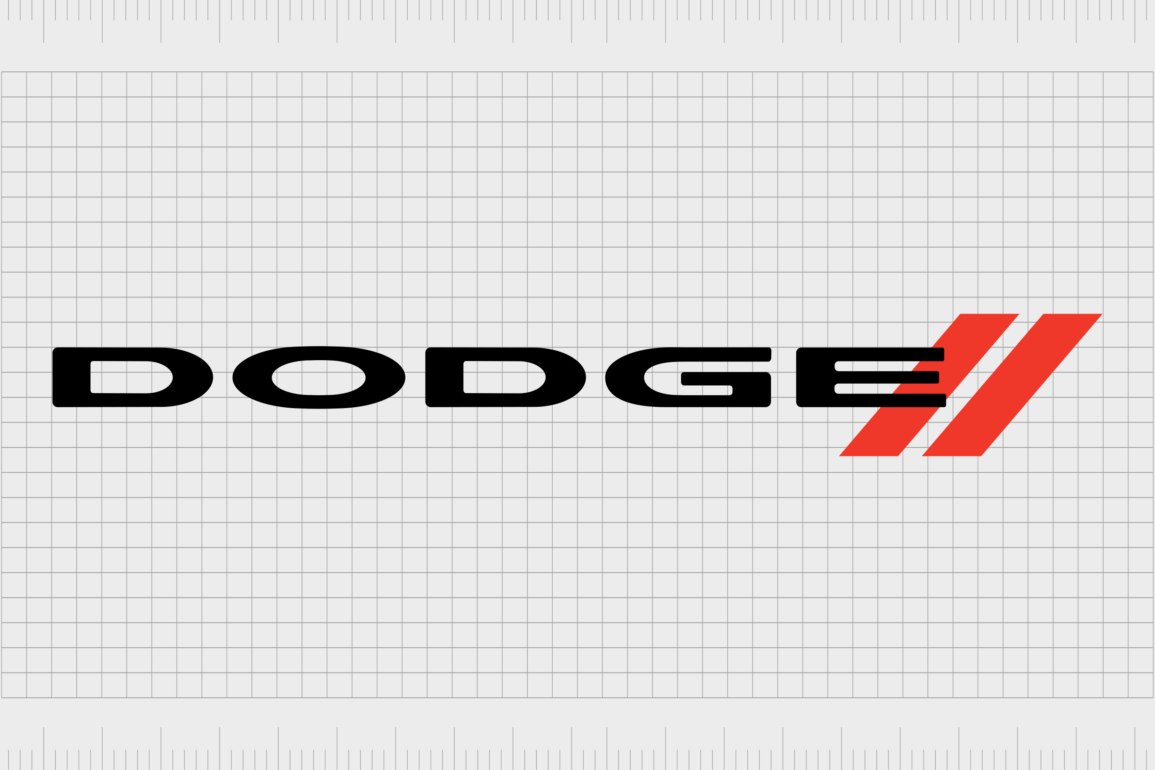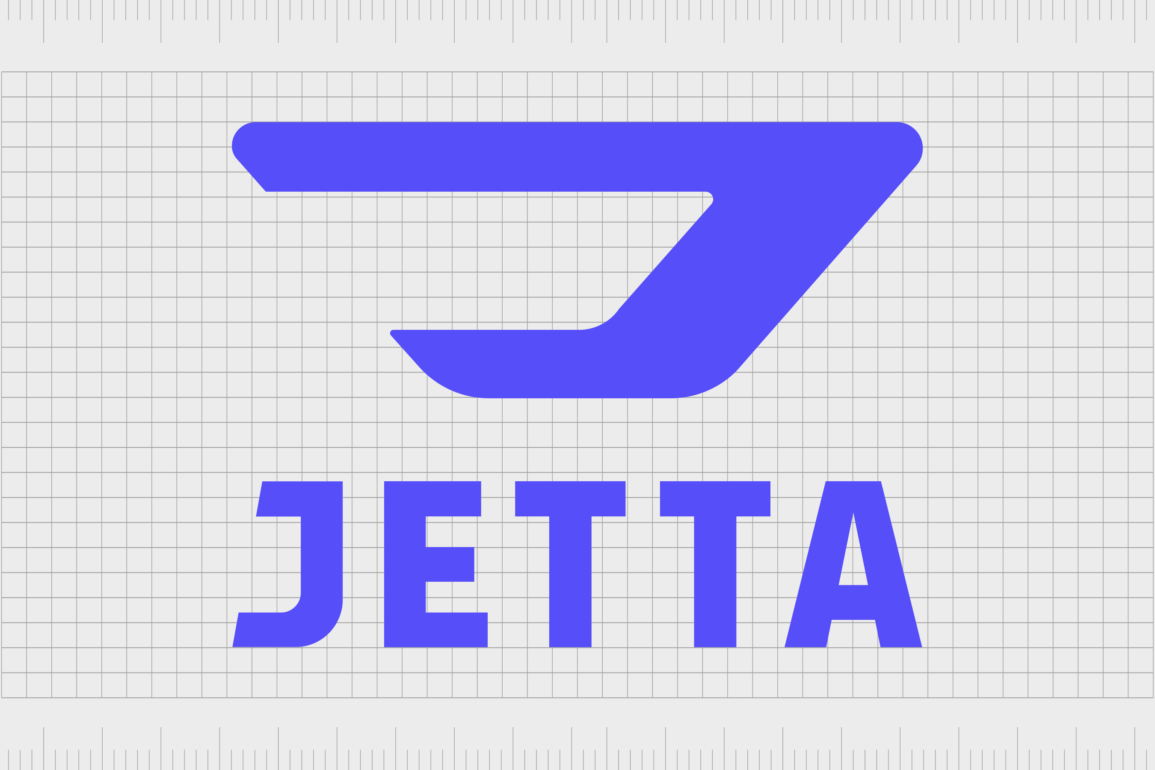Six flags logo history, symbol meaning and evolution

Most theme park enthusiasts will be familiar with the Six Flags logo. Responsible for the most water, theme, and amusement locations combined of any amusement park company in the world, Six Flags has achieved phenomenal success over its 60-year lifespan.
Though a little complex at first glance, the Six Flags logo provides valuable insight into the personality and history of the brand. The colorful and eye-catching Six flags symbol sets the company apart from other theme park operators while inspiring a sense of excitement in viewers.
However, even if you’re familiar with the basics of the Six Flags logo, you might not know much about its history, how it has evolved over the years, and what it’s supposed to mean. Today, we’ll dive deep into the history of the Six Flags brand and its iconic symbol.
The Six Flags brand: An introduction
Before we begin our journey through the Six Flags logo evolution, let’s start by introducing the brand. Otherwise known as the “Six Flags Entertainment Corporation,” Six Flags is a famous American amusement park launched in Texas in 1961.
When Six Flags first began, it was a singular theme park known as “Six Flags over Texas,” referring to the flags of the various nations which have governed Texas in the past.
The “Six Flags” references Spain, France, Mexico, the Republic of Texas, the United States, and the Confederate States of America. These individual countries also had their own themed sections in the park, which helped guide attendees through the state’s history.
The first Six Flags originally featured a Native American village, railroad, gondola ride, a stagecoach ride, Wild West shows, and even a pirate-themed attraction. A river adventure ride was also intended to represent the La Salle expeditions in the 1600s.
Over the years, these rides were mostly replaced by roller coasters and other attractions. However, the railroad remains.
Today, Six Flags operates 27 properties throughout North America, including a family entertainment center, water parks, theme parks, and amusement parks. The company has the seventh-highest attendance of any amusement brand in the world.
Six Flags logo history: The Six Flags logo evolution
Residents of Texas and those with a deep knowledge of Six Flags’ history may know the company has changed its symbol several times. The Six Flags logo has evolved over the years to reach a wider audience and convey more significant meaning.
Let’s take a closer look at the Six Flags logo history, starting in 1961.

1961
The first Six Flags logo is still recognized by many long-time visitors to the park, as it has remained with the company for more than 30 years. The image featured a simple wordmark written in a unique serif-style font which most people associate with the state of Texas.
The wordmark has a gradient-style color palette, with yellow on the top and red on the bottom. The symbol continues to appear on some older rides to this day.

1993
In the early 90s, Six Flags made its first significant change to the theme park logo following an acquisition from Time Warner. They believed the original logo didn’t match the park’s theme anymore and wanted to create something new.
Instead of actual flags, the company presented six lifeguard flags to represent the water-focused rides in the parks.
Like the previous logo, this image still appears on some of the rides from the 90s era, including the replacement trains. However, the symbol is becoming increasingly rare due to the replacement of many attractions in recent years.

1998
For a year, between 1998 and 1999, Six Flags briefly introduced a new logo with colorful versions of the flags, which inspired the image we know today. The flags were placed into an exclamation mark shape next to a stylized Six Flags word mark.
The wordmark was similar to the previous design and included the triangle image over the “I” in “Six.”
Because this logo was so quickly removed from circulation, there are no remnants on some of the older rides in the theme parks.

1999
Throughout the years of 1999 to 2015, Six Flags began experimenting with various variations of the Six Flags symbol, with a similar vibe to the image we know today. The exclamation mark background for the flags was refined and sharpened, presented in red color.
The font of the logo also became bolder and closer together, so the two words looked like a single phrase.

In 2004, Six Flags adjusted its logo slightly to separate the words again by placing the exclamation mark and flags between the X and the F. The majority of the logo, aside from this presentation choice, remained almost the same.

In 2015, this logo was enhanced slightly, with more shading on the flags to make them look like actual flags rather than standard lifestyle flags. The color of the red in the exclamation mark was also deepened slightly to give it a more modern impact.

2019
In 2019, Six Flags unveiled the logo most of us are familiar with today. This is very similar to the previous design introduced in 2014. However, it has an added element of a blue rollercoaster in the background, intended to symbolize the evolution of the park’s attractions.
The somewhat more detailed logo is more fun and friendly, with several curves and loops in the rollercoaster to excite and thrill audiences.
Six Flags symbol meaning: The idea behind the symbol
While the initial Six Flags logo didn’t give much of a reference to the “six flags” inspiration for the name, subsequent versions started to focus more heavily on this image.
The newest version of the Six Flags symbol aims to draw attention to the company’s history and the nature of the park’s various “themed” areas, which have since evolved.
Though the theme parks still have themed areas today, they’ve been largely upgraded to appeal to a broader audience of thrill seekers. Using the new rollercoaster element in the logo is an excellent insight into how the company’s rides have evolved over the years.
Today, the Six Flags logo is a fun, bright, and eye-catching emblem, great for attracting the attention of a younger audience. It helps identify the brand as a modern entity while connecting the venture to its origins.
Six Flags company logo colors and fonts
The Six Flags logo is a fun and attractive emblem, brimming with life and color. The rollercoaster element is excellent for giving the image a sense of motion, particularly when combined with slightly slanted letters of the word mark.
While various other versions of the logo have been used throughout the years for specific advertising campaigns, the logo today is one of the most highly recognized in the United States. Many of its elements have remained almost the same throughout the 90s and the 2000s.
You can find some helpful resources for the Six Flags logo here:
What font is the Six Flags logo?
The Six Flags logo font is a stylistic typeface designed specifically for the theme park company. The design is bold and eye-catching, with many sharp elements and a unique curve to the bottom part of the G.
Within the Six Flags font, we also see another triangle above the “I” intended to reference the iconic flags in the company’s name.
The font closest to the one used for the Six Flags symbol today is the ITC Kabel Std Demi font.
What is the Six Flags logo color?
The Six Flags logo colors are some of the most diverse in the branding world. The wordmark for the logo is presented in simple black and white, while the rollercoaster is depicted in a soft shade of pastel blue.
The colors for each flag on the red exclamation mark are pink, yellow, green, blue, purple, and orange.
Getting to know the Six Flags symbol
Bright, fun, and youthful, the Six flags logo does an excellent job of appealing to its target audience. Though a little complex in some areas, this logo is still wonderfully modern and engaging, with various unique elements to explore.
The Six Flags logo today is a symbol of the company’s history, as well as an insight into its evolving place within the amusement park landscape.
Fabrik: A branding agency for our times.


